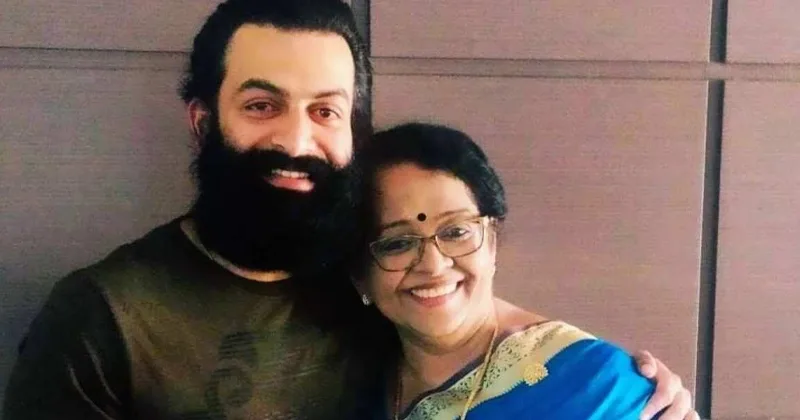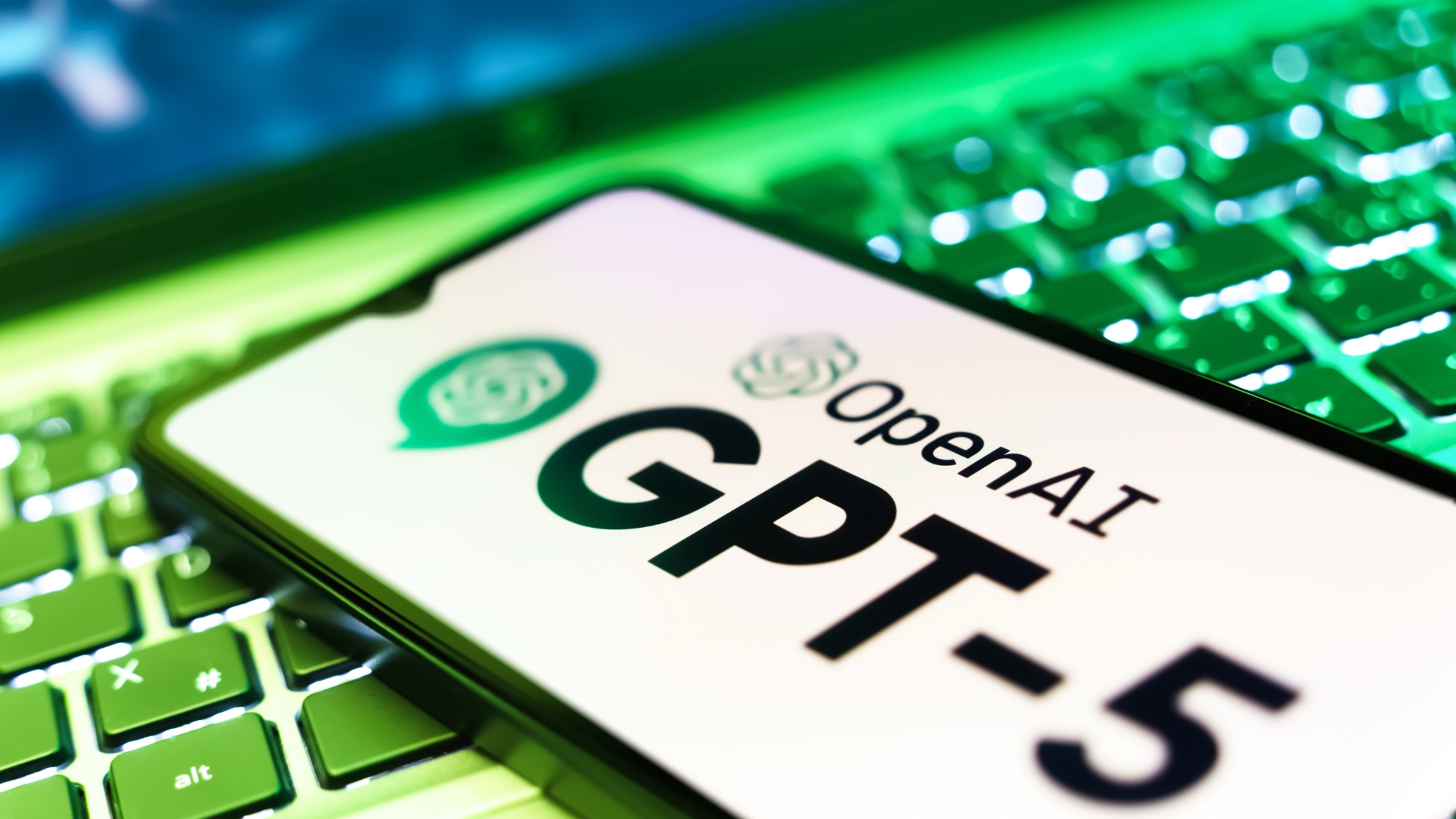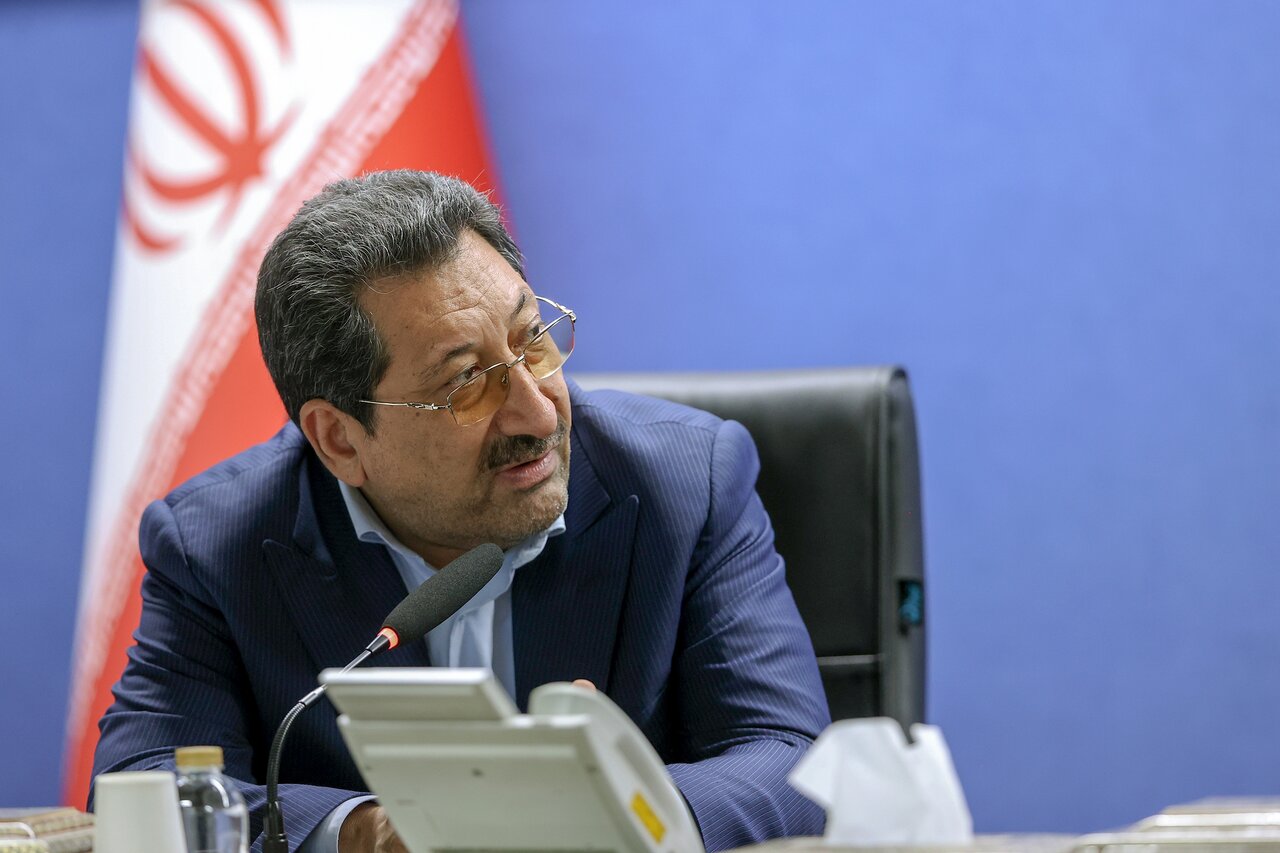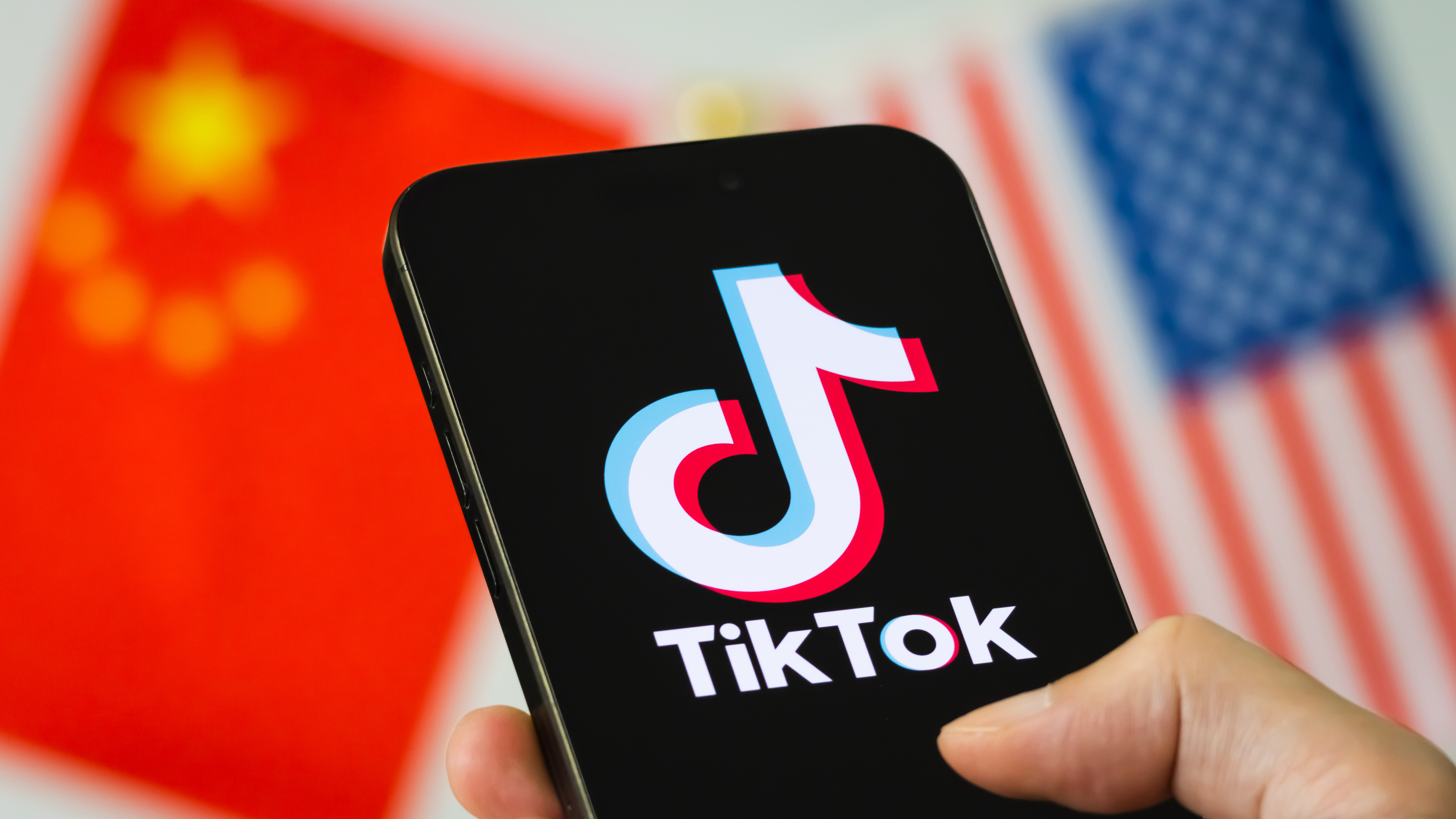
By Thomas Black / Bloomberg Opinion
The Federal Aviation Administration proposed a rule change in August to open the skies to more drone flights beyond the sight of operators, seeking to replace the current cumbersome system of case-by-case authorization for such long-range use.
This theoretically will allow more retailers and restaurants to deliver goods and food by drone. The problem with that is economics. Delivery drones can’t carry much weight and have big obstacles for getting the product on the ground without damaging the drone, the goods or the family pet. Moreover, point-to-point deliveries are expensive. A delivery driver normally can make as many as 200 residential stops a day and drop off multiple packages at one place. Wind, rain and snow can impede drone deliveries. These drawbacks are the reason FedEx Corp. and United Parcel Service Inc. long ago cooled their enthusiasm on the drone-delivery promise.
On the other hand, apart from myriad military uses, small commercial drones excel at inspection, surveillance and videography. Companies and governments use drones to inspect bridges or home rooftops, to cover news and sporting events, to stage spectacular light shows and to contribute unbelievable aerial shots for movies and nature documentaries.
The ability to provide live, aerial views at the fraction of the cost of a helicopter also makes drones useful for law enforcement and firefighters. Police departments are employing them to track suspects and give officers more situational awareness at crime scenes. A drone can help firefighters search dangerous areas for trapped people. As the FAA relaxes restrictions, you can expect to see more first-responder drones buzzing around the sky. This raises all kinds of privacy concerns. But if the police can come up with acceptable rules and transparency to safeguard citizens’ rights, drones can become a powerful tool.
The Las Vegas Metropolitan Police Department just this month received FAA authorization for remote pilots to fly drones beyond visual line of sight except near airports and military facilities. In an even bigger breakthrough for drone proponents, the department got the nod to have one remote pilot operate up to four autonomous drones at the same time, Dori Koren, assistant deputy sheriff at the department, said last week during a presentation by drone maker Skydio. This latter permission will make it much more cost effective for cities nationwide to operate a drone-response program.
Pushback on the use of police drones has already started, spearheaded by the American Civil Liberties Union and groups such as the Electronic Frontier Foundation. The ACLU joined community organizations to sue the Baltimore Police Department to stop an aerial surveillance program, which used light airplanes at the time. A U.S. appeals court ruling in 2021 struck down the program, which by that time had ceased to operate.
Law enforcement can get ahead of privacy concerns and gain public confidence by offering transparency about when drones are deployed and how the data collected during flights is used and stored. Police drones shouldn’t be used to patrol the streets and certainly shouldn’t be peeking into people’s backyards or windows. Drones should be launched in conjunction only with a 911 call.
This is the policy for the 75-drone fleet of the Las Vegas police, an early adopter of drone technology. Every drone flight is logged and audited to make sure it’s in response to an active police call, Koren said at a press conference earlier this month. The cameras will point up when the drone is on the way to the scene, and the department won’t retain any data it doesn’t need, he said.
The drones, made by Skydio, have flashing red and blue lights and contain a parachute that deploys in case of a midair emergency, he said.
Las Vegas began its “Blue Sky” drone program last year with designated officers carrying drones in the back of police cruisers and launching them when arriving at the scene. With the additional FAA permissions, the program is now switching gears to become much more autonomous.
The department is installing 13 all-weather skyports around the city, mostly at existing police and fire department facilities. These skyports, which double as charging stations, house three drones; one that is deployed and two that serve as backup if the first one runs low on battery power. The drones can launch and land autonomously from the skyports, whose placement around the city can cut response time to seconds.
While the drones are in the air, a remote operator monitoring the video feed can click on a suspect’s car, for example, and the drone automatically follows the vehicle. In one dramatic scene in San Francisco, a police drone tracked a car thief without his awareness and caught him on video stealing license plates to put on his stolen vehicle. Officers were able to follow the thief and then lay down spike strips to stop the vehicle and arrest the perpetrator without violence or a high-speed chase.
The Las Vegas drone program, even with the limits of launching from the back of police cruisers, flew 1,100 missions since October last year. The drones located suspects in 169 incidents and provided critical support for 386 arrests, Koren said. That performance will improve with the autonomous drones spread across the city.
There’s more drone technology to come. Skydio has a small indoor drone that adeptly flies around objects in tight spaces and can provide surveillance in a building or house, which could be useful for executing search warrants or during a fire. The company is working on a fixed-wing drone that flies farther and is launched with a robotic arm. Adam Bry, Skydio’s co-founder and chief executive officer, predicts this tracking drone will help reduce or even eliminate dangerous high-speed chases.
One of the main privacy concerns about law enforcement drones is that they could randomly collect, use and share data from video, audio or even sensors, such as heat sensors, while they are airborne. Commitments to only collect and use data during a specific police or fire emergency call should be backed up by independent data audits and by providing the public continuous full transparency about when, where and why drone flights were made. This can all be done automatically and not burden officers with more paperwork. “What we see with police surveillance technology in general is that there’s a lot of lip service paid up front to the privacy concerns, but then there is mission creep that happens,” said Beryl Lipton, a senior investigative researcher with Electronic Frontier Foundation. “With drones, we’re very concerned about the mission creep.”As long as police departments take these privacy concerns seriously and use drones appropriately, the small flying machines will save lives, gain public confidence and pave the way for more long-distance commercial drone flights.
Thomas Black is a Bloomberg Opinion columnist writing about the industrial and transportation sectors. He was previously a Bloomberg News reporter covering logistics, manufacturing and private aviation.



